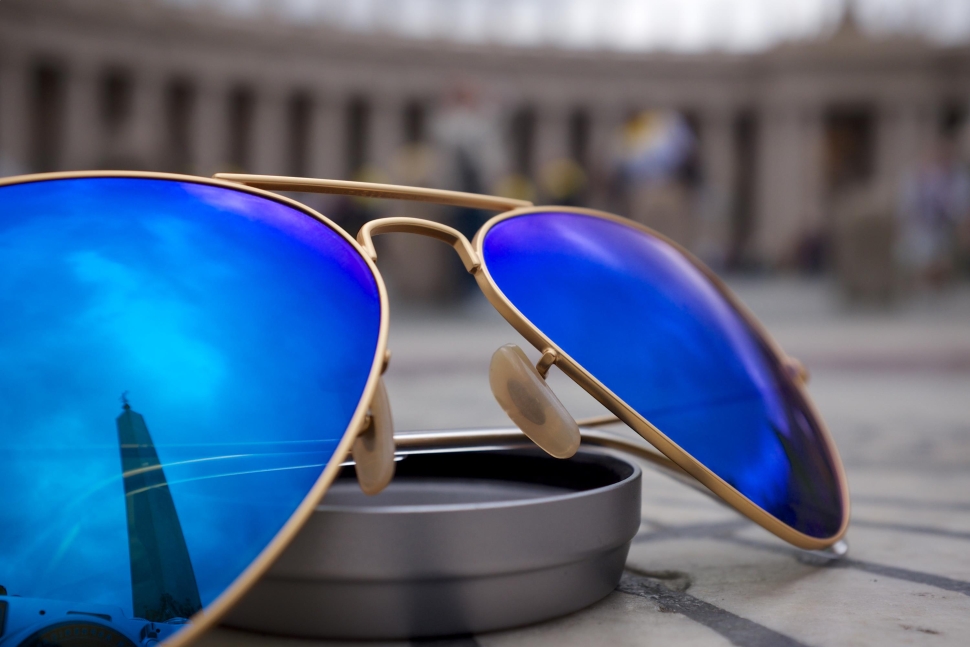Small amounts of UV are beneficial for people and essential in the production of vitamin D. UV radiation is also used to treat several diseases, including rickets, psoriasis, eczema and jaundice. This takes place under medical supervision and the benefits of treatment versus the risks of UV radiation exposure are a matter of clinical judgement .
 Fig. 1: Relationship of exposure to UVR and Burden of Disease |
Prolonged human exposure to solar UV radiation may result in acute and chronic health effects on the skin, eye and immune system. Sunburn (erythema) is the best-known acute effect of excessive UV radiation exposure. Over the longer term, UV radiation induces degenerative changes in cells of the skin, fibrous tissue and blood vessels leading to premature skin aging, photodermatoses and actinic keratoses. Another long-term effect is an inflammatory reaction of the eye. In the most serious cases, skin cancer and cataracts can occur.
Skin cancer data from UK
|
Between 2 and 3 million non-melanoma skin cancers, e.g. basal cell carcinomas and squamous cell carcinomas, are diagnosed each year, but are rarely fatal and can be surgically removed. Approximately 130,000 malignant melanomas occur globally each year, substantially contributing to mortality rates in fair-skinned populations. An estimated 66,000 deaths occur annually from melanoma and other skin cancers.
Worldwide some 12 to 15 million people become blind from cataracts annually, of which up to 20% may be caused or enhanced by sun exposure according to WHO estimates. Furthermore, a growing body of evidence suggests that environmental levels of UV radiation may suppress cell-mediated immunity and thereby enhance the risk of infectious diseases and limit the efficacy of vaccinations. Both of these act against the health of poor and vulnerable groups, especially children of the developing world. Many developing countries are located close to the equator and hence, people are exposed to the very high levels of UV radiation that occur in these regions.
It is a popular misconception that only fairskinned people need to be concerned about overexposure to the sun. Darker skin has more protective melanin pigment, and the incidence of skin cancer is lower in darkskinned people. Nevertheless, skin cancers do occur with this group and unfortunately they are often detected at a later, more dangerous stage. The risk of UV radiation-related health effects on the eye and immune system is independent of skin type.
For further reading beyond the following web sites a comprehensive summary and review of UV-related health effects can be found in the WHO Environmental Health Criteria Monograph Ultraviolet Radiation
This article was published on the World Health Organization website.
